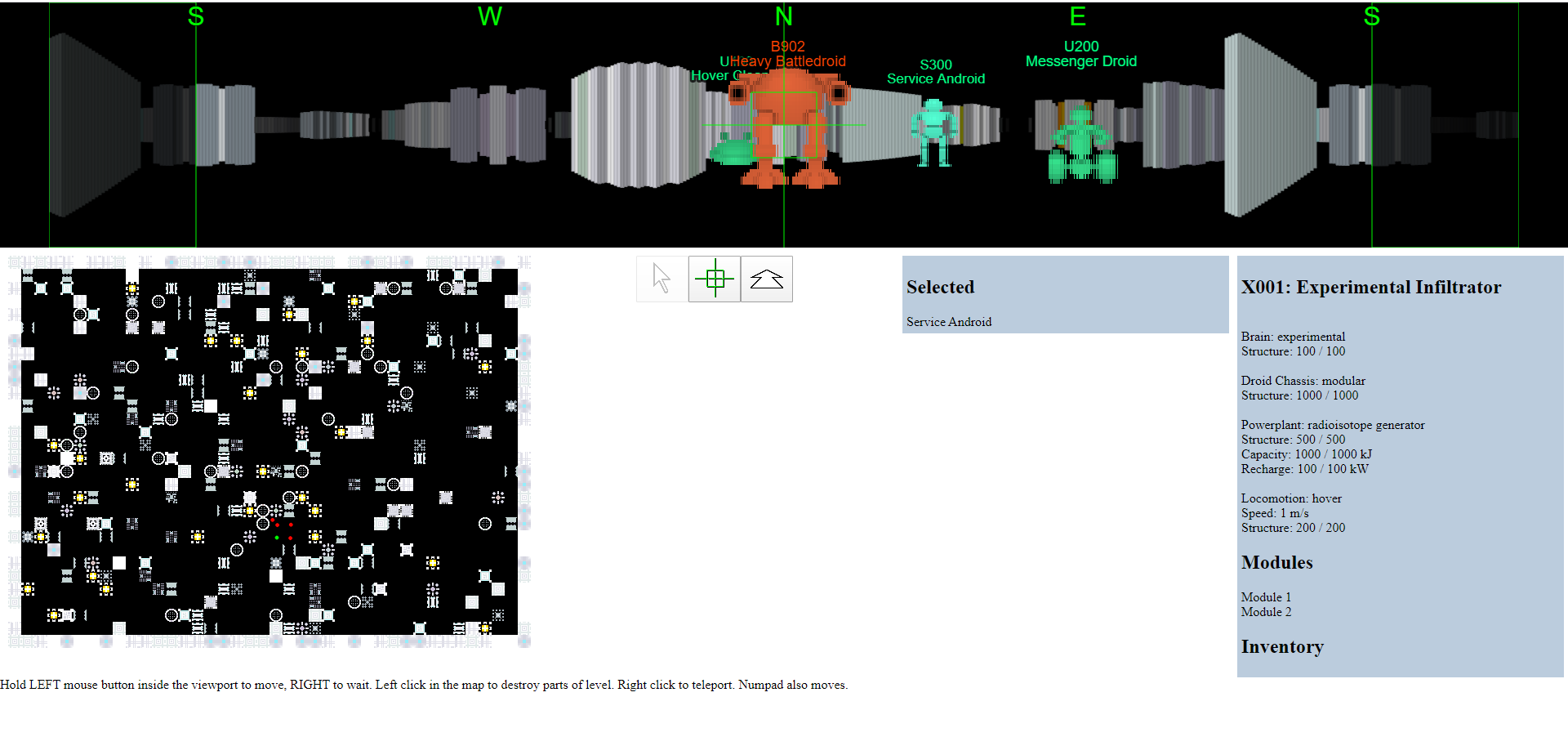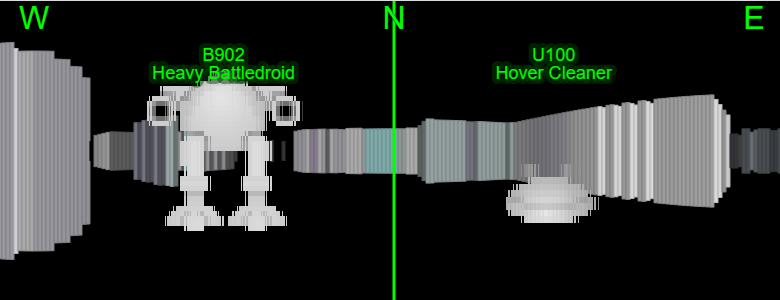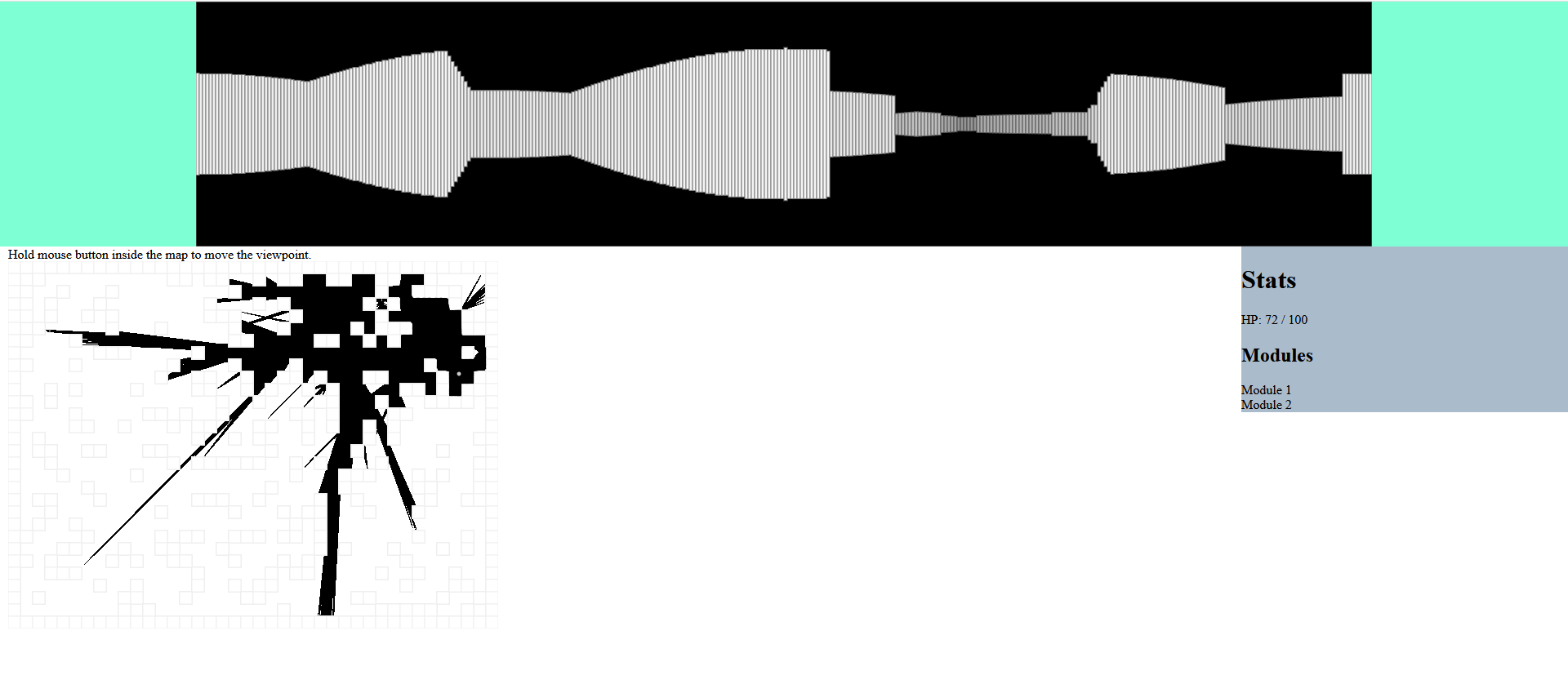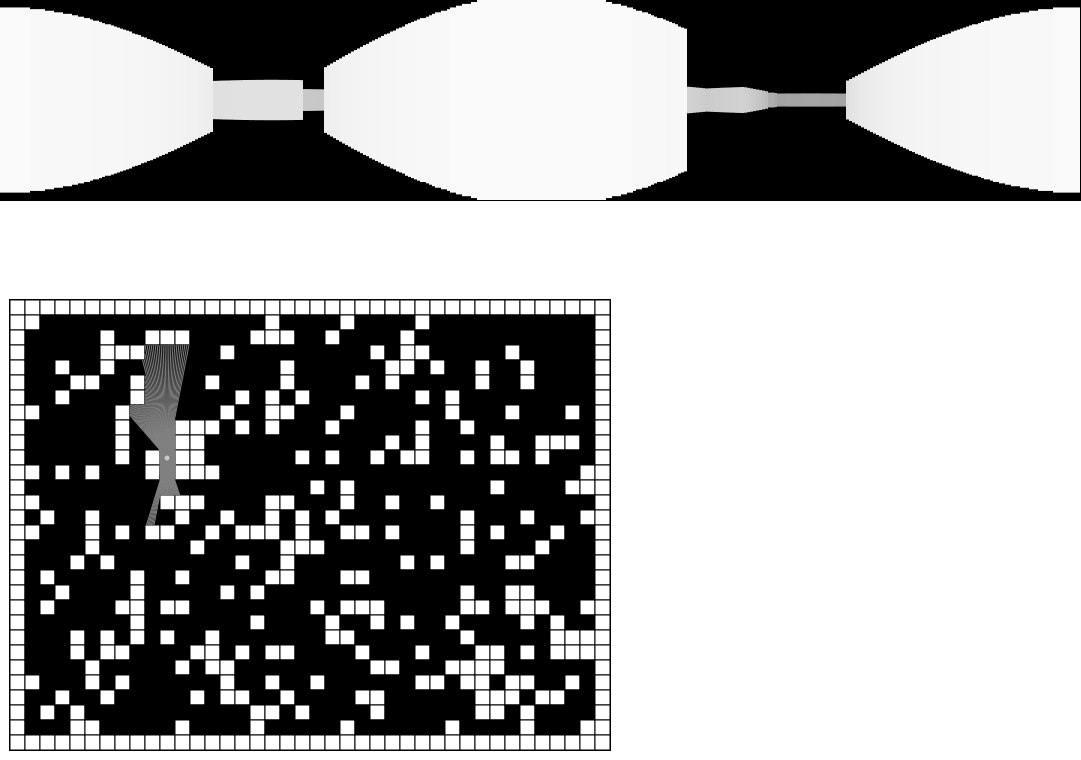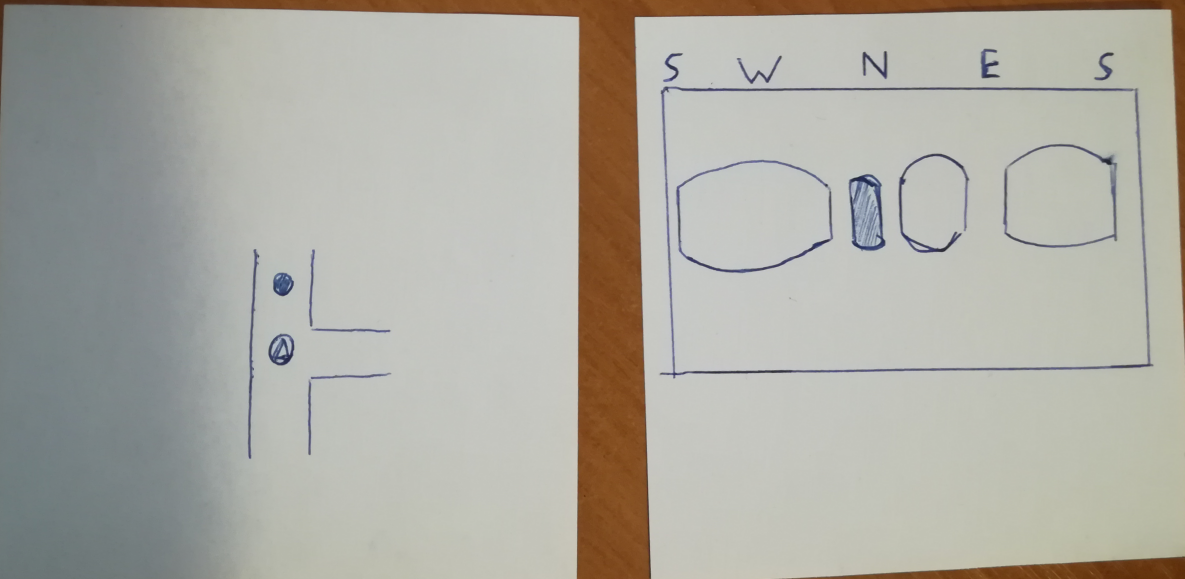Yeah, that lever to fill the anesthesia canister stumped me for a while too. It blends a bit too well with the machinery so it's easy to miss, since all the other controls are buttons on the well illuminated panel.
Otherwise everything was really fun to use.




